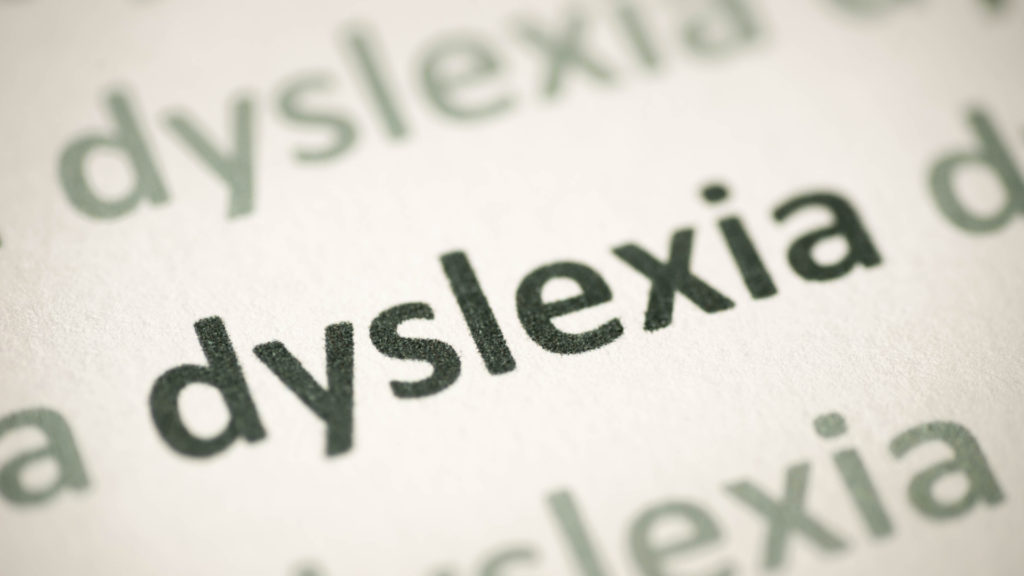 Written by Sherry Mee Bell, TPTE Department Head, Professor of Special Education and School Psychologist
Written by Sherry Mee Bell, TPTE Department Head, Professor of Special Education and School Psychologist
Edited by Kristin Rearden, clinical professor of science, technology, engineering and math (STEM) / science education
(This article originally appeared in the TPTE Spring 2019 Alumni Newsletter and on the Trends in Teaching portion of the TPTE website in January 2019)
Overview of Dyslexia
The International Dyslexia Association (2012) provides a comprehensive description of dyslexia:
Dyslexia is characterized by difficulties with accurate and / or fluent word recognition and by poor spelling and decoding abilities. These difficulties typically result from a deficit in the phonological component of language that is often unexpected in relation to other cognitive abilities and the provision of effective classroom instruction. Secondary consequences may include problems in reading comprehension and reduced reading experience that can impede growth of vocabulary and background knowledge.
Prevalence estimates of dyslexia range from 5% to 20% of the population worldwide. Dyslexia occurs naturally and often has a hereditary component. It may be exacerbated by medical and environmental conditions.
Dyslexia-related Legislation
In recent years, laws have passed in over 40 U.S. states that require K-12 schools to screen and/or assess for dyslexia, and require universities to prepare teachers to work with children with dyslexia. A grassroots parent-led group called Decoding Dyslexia has been instrumental in the passage of these laws.
Federal guidelines specify three subtypes of specific learning disabilities in reading: 1) basic reading skills (includes phonetic decoding and sight word recognition); 2) reading fluency, and 3) reading comprehension. Dyslexia is listed as a type of specific learning disability in the federal special education law Individuals with Disabilities Education Act (2004), but in federal guidelines on how to implement the law, the term specific learning disability is used. Because federal guidelines do not specifically address dyslexia, some state and local education agencies historically have not recognized dyslexia and have not made the connection between dyslexia and specific learning disabilities in reading.
Identifying, Assessing, and Addressing Dyslexia
Some reading experts disagree with using term dyslexia because they fear that the use of labels can be damaging. However, experts from a wide range of fields agree that specific learning disorders, of which dyslexia is the most prominent, are valid disorders. Often, individuals with dyslexia and their caregivers find comfort in understanding the nature of their reading difficulties and in learning about appropriate instructional strategies and accommodations.
Assessment of dyslexia should include a range of cognitive and academic skills including phonemic awareness, phonological awareness, rapid automatic naming, phonics skills, sight word recognition, spelling, reading fluency and reading comprehension. Currently, there is no single assessment to identify dyslexia, although one is under development by Western Psychological Services (Mather, McCallum, Bell & Wendling).
Individuals with dyslexia benefit from explicit, systematic and multisensory instruction. They also benefit from exposure to a language-rich environment with many opportunities to read, to be read to and to talk about what is read. Accommodations can include extended time for testing and text-to-speech software for reading. In her book Overcoming Dyslexia, Yale researcher Sally Shaywitz describes dyslexia as a “weakness in a sea of strengths.” With appropriate education and accommodations, these strengths can emerge.
